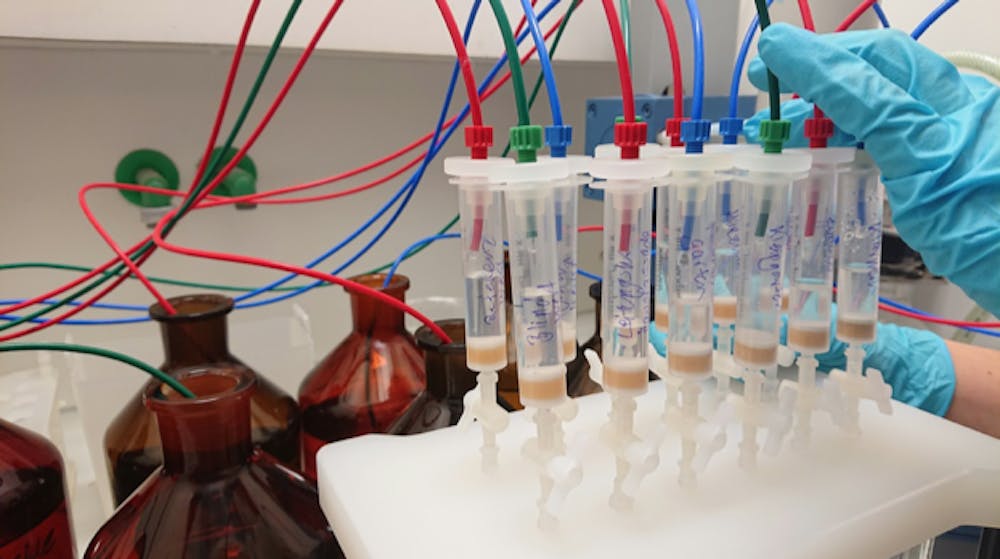Precise and efficient analysis methods are essential in an era where food and water safety are critical concerns. One such advanced technique that has become instrumental in ensuring safety standards is Inductively Coupled Plasma Optical Emission Spectrometry (ICP-OES). Widely recognized for its ability to detect trace elements, ICP OES instruments play a vital role in monitoring contaminants in both food and water, providing accurate data that ensures public health.
What is ICP-OES?
ICP-OES is an analytical technique used to determine the concentration of metal and non-metal elements in various samples. It involves using a high-energy inductively coupled plasma to excite atoms within a sample, causing them to emit light at characteristic wavelengths. The intensity of this emitted light is measured, allowing for the quantification of different elements present in the sample.
The advantage of ICP-OES lies in its ability to detect multiple elements simultaneously, making it highly efficient for analyzing complex matrices like food and water. Additionally, it can detect a wide range of elements, from heavy metals like lead and mercury to essential nutrients such as calcium and iron, at trace levels with remarkable precision.
Ensuring Food Safety
In food safety, ICP-OES is primarily used to monitor the levels of contaminants, additives, and nutrients. Heavy metals such as arsenic, cadmium, and lead can contaminate food through environmental exposure, industrial pollution, or improper handling during processing. Consuming food with elevated levels of these toxic elements can lead to severe health conditions, including neurological damage and organ failure.
ICP-OES allows regulatory bodies and food manufacturers to detect trace levels of these contaminants and ensure that the concentrations are within permissible limits set by health and safety guidelines. Furthermore, ICP-OES is also used to monitor the nutrient content in food products, ensuring the accurate labeling of ingredients and nutritional values.
Water Safety and ICP-OES
Water quality is another area where ICP-OES plays a crucial role. Water sources can be contaminated by industrial waste, agricultural runoff, or natural geological activities, leading to harmful metals like chromium, copper, and zinc. ICP-OES can detect these elements in drinking water, wastewater, and even seawater.
Environmental agencies and water treatment plants frequently use the technique to monitor water quality and ensure compliance with national and international safety standards. ICP-OES's sensitivity and ability to measure trace elements in complex water samples make it invaluable for identifying contaminants that pose risks to human health.
Advantages of ICP-OES in Safety Analysis
One of the key advantages of ICP-OES in food and water safety analysis is its high throughput and efficiency. The ability to analyze multiple elements at once significantly reduces testing time, allowing for faster decision-making in critical situations. Additionally, ICP-OES requires minimal sample preparation, making it a practical choice for laboratories that handle a high testing volume.
The technique's accuracy and reproducibility are essential for regulatory compliance and consumer trust. Whether ensuring baby food's safety or verifying drinking water's purity, ICP-OES provides the detailed elemental analysis necessary to meet stringent safety requirements.
Conclusion
The importance of ICP-OES in food and water safety analysis cannot be overstated. Its ability to accurately detect trace elements, both toxic and essential, ensures that food products and water sources meet the highest safety standards. As regulatory demands for food and water safety evolve, ICP-OES will remain a cornerstone in the global effort to protect public health.


